All products featured are independently chosen by us. However, SoundGuys may receive a commission on orders placed through its retail links. See our ethics statement.
JOBY Wavo POD review
March 4, 2022
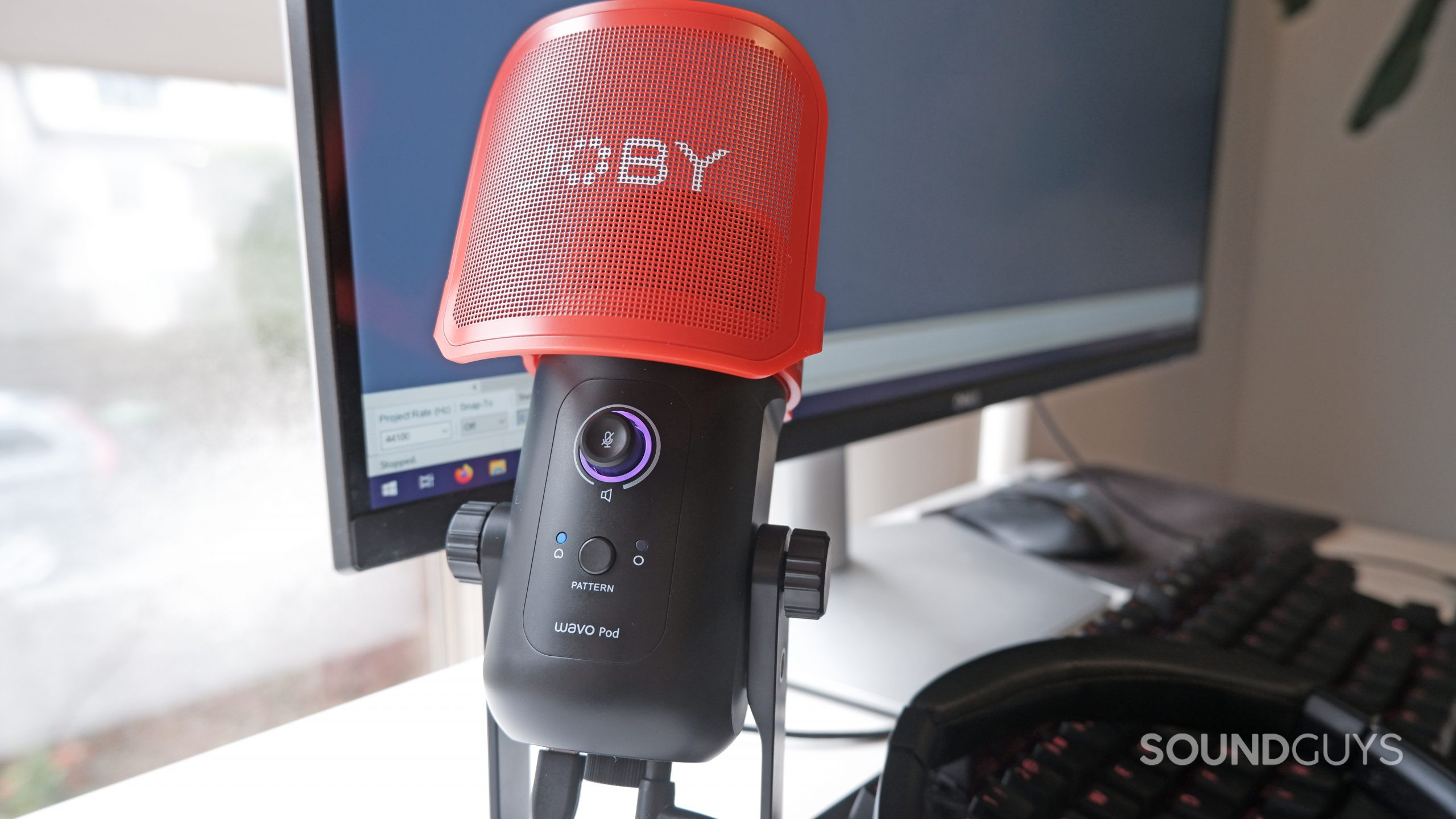
As another USB desktop microphone on the market, the JOBY Wavo POD is marketed as an easy plug-and-play mic for streamers, gamers, and people who work from home. JOBY is a popular company among creators and is most famous for its Gorillapod, but the company isn’t here to rest on its laurels. The Wavo POD condenser mic comes with a competitive $99 USD price and has premium features like headphone monitoring, multiple polar patterns, and more.
With so many others on the market, does the Wavo POD set itself apart from the rest?
Who is the JOBY Wavo POD for?
- Amateur podcasters will enjoy the multiple polar patterns and ease of use of this microphone.
- Streamers will also find this microphone easy to use and good quality for its price.
- At-home workers who need a microphone for video calls will find this better than any headset mic.
- Independent musicians will be able to record pretty good quality tracks with this microphone.
What’s the JOBY Wavo POD like?
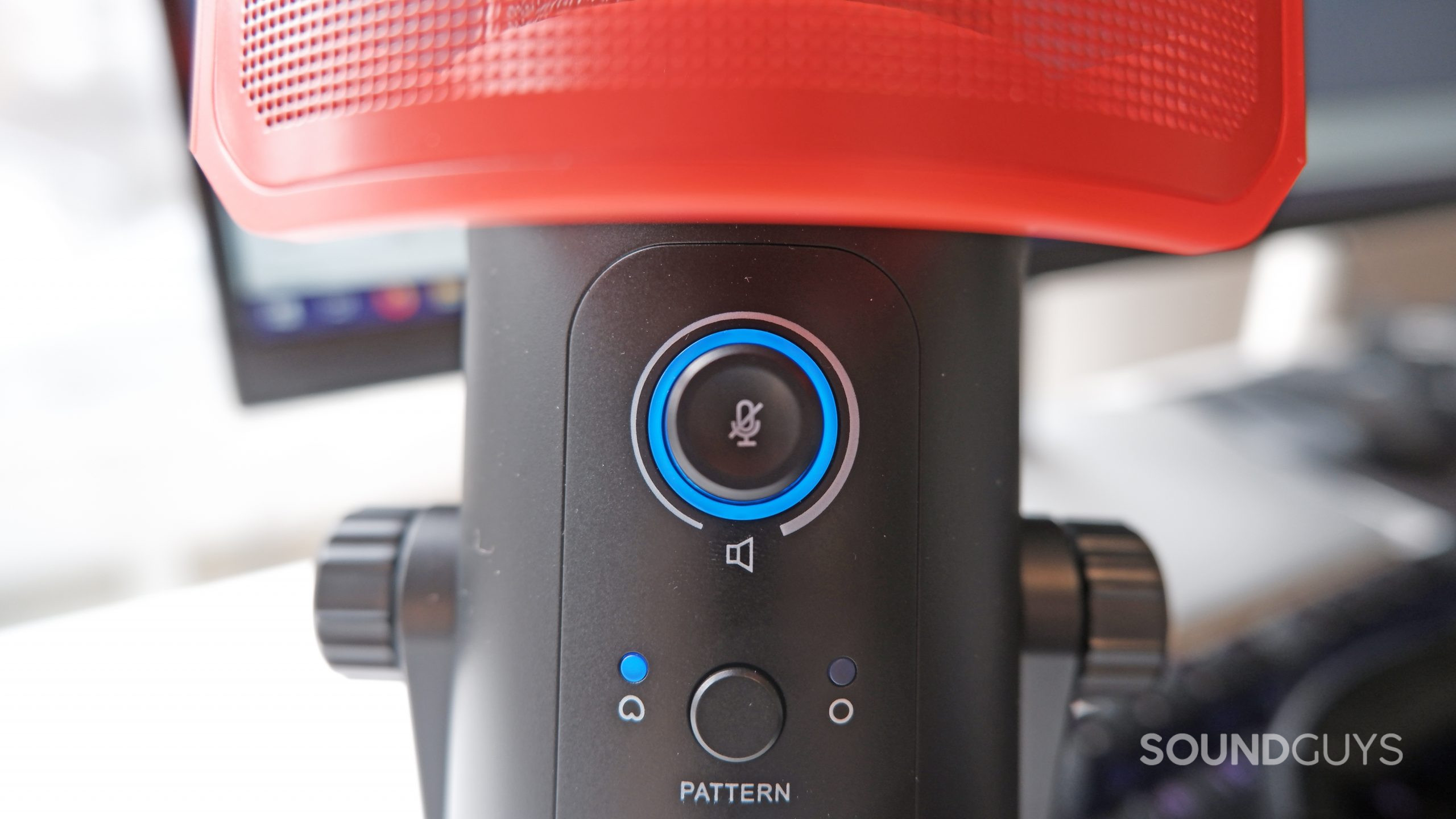
The JOBY Wavo POD is a desktop condenser microphone that connects with a USB-C to USB-C cable. It has two polar patterns, cardioid and omnidirectional (though, the omnidirectional pattern really acts like a bidirectional pattern). On the body of the microphone, there is a multifunction dial that controls monitoring volume (blue light), gain (purple light), or if you press it, it will mute the microphone (red light). It also has a pattern selector button, where you can toggle between the cardioid and omnidirectional patterns. It comes with a pre-installed pop filter that you can uninstall by removing the screw that holds it in place on the back of the body.
Two screws on either side of the microphone attach the Wavo POD to its base, and you can loosen these to swivel the mic or you can detach it entirely from the base. The mic can is compatible with a boom arm or tripod using the mount socket on the bottom of the microphone.
See also: The best mics for YouTube
How do you set up the JOBY Wavo POD?
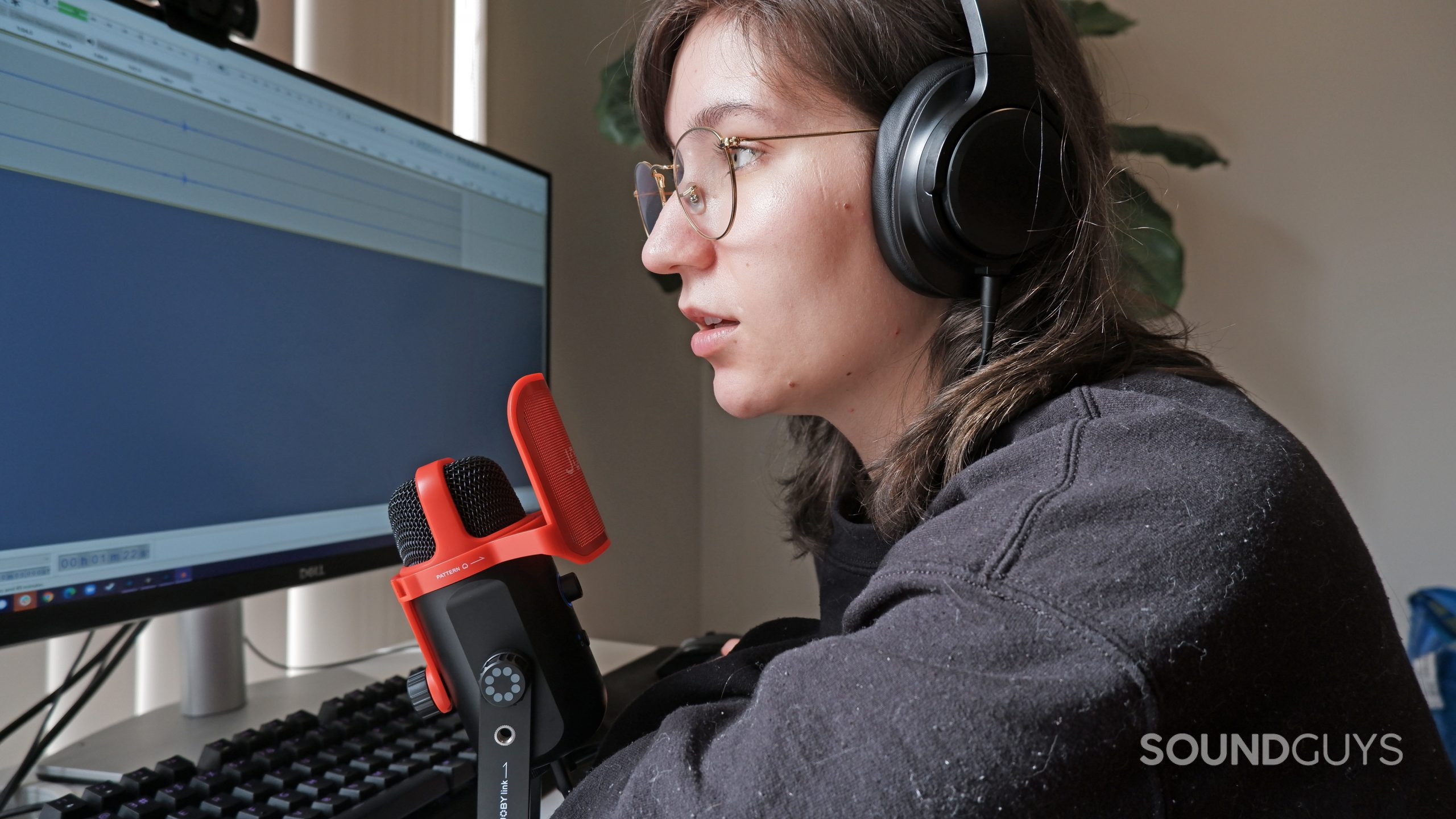
The JOBY Wavo POD is built to be easy to use, you just plug it into a USB port and get to work. It has a 3.5mm jack to plug your headphones into for monitoring as well. The Wavo POD doesn’t require any specific software, and all the controls for the microphone are directly on the body.
To record audio, you’ll need to use a digital audio workstation (DAW). Common DAWs include Audacity, Reaper, and Garageband. Audacity and Reaper are both free, easy to use, and work on any operating system, while Garageband comes free with macOS devices. Reaper will ask you to buy it every time you use it, which is well worth it for only $60 USD, but you can use it for free for as long as you want.
How does the JOBY Wavo POD sound?
The JOBY Wavo POD sounds how I would expect it to sound for its price. The sound quality isn’t like a professional XLR setup sending an analog signal to an audio interface, since this mic relies on its own analog to digital converter, but it still sounds pretty clear. You can record up to 24bit/48kHz audio files from the JOBY Wavo POD, which is the same as the Blue Yeti Nano.
Recordings on the cardioid pattern sound the clearest. On this setting, there’s very little noise from the mic but it still picks up a bit of environmental noise. Be aware, recordings of me playing acoustic guitar are lacking some of the bass tones from my low E string. The omnidirectional pattern records a bit more noise both internal (from the mic) and external (from the environment). This causes recordings to sound a bit echoey as if I’m sitting further from the mic than I am. It’s definitely good enough for any streamer, gamer, or an at-home worker looking for something that sounds better than their webcam or headset’s microphone, and the pop filter the microphone comes with helps it handle plosives.
You might like: The best headphones for conference calls
The cardioid pattern picks up sound in front of the microphone well, but at times I can hear the garbage truck outside my window or my partner typing on his keyboard.
JOBY Wavo POD cardioid sample:
JOBY’s definition of “omnidirectional” isn’t the same as other manufacturers like Blue Microphones. Omnidirectional on this microphone is two directions, the front and the back of the microphone. That’s not really what “omni” means, and would be considered bidirectional by most manufacturers.
JOBY Wavo POD omnidirectional sample:
This microphone isn’t marketed towards musicians specifically, but for those who are curious, listen to the sample below. In this demonstration, I am recording acoustic guitar with the cardioid pattern to see how well it handles instruments. During it, I’m sitting 30cm away from the microphone with the gain fairly low. It sounds pretty great for such an affordable mic, take a listen:
JOBY Wavo POD acoustic guitar sample:
Hold up! Something’s different:
We’ve made a big improvement to how we demonstrate the microphone performance of products we review. We now use a standardized test setup that plays back pre-recorded phrases from a calibrated artificial mouth in our test chamber, either with or without simulated background noises, simulated reverberant spaces, or artificial wind. This means that samples from every product can be directly compared, which makes it far easier to make meaningful comparisons between products in terms of the raw speech quality or the product’s ability to reject noise. We will also update this review with new frequency response charts. These will be made obvious with our new chart aesthetic (black background instead of white).
It will take a while to update our backlog of old test results, but we will update this review (and many others!) once we’re able with improved microphone demos. These will be made obvious in each new sample which begins with the phrase, “This is a SoundGuys standardized microphone demonstration …”
Thank you for bearing with us, and we hope to see you again once we’ve sorted everything out.
Should you get the JOBY Wavo POD?
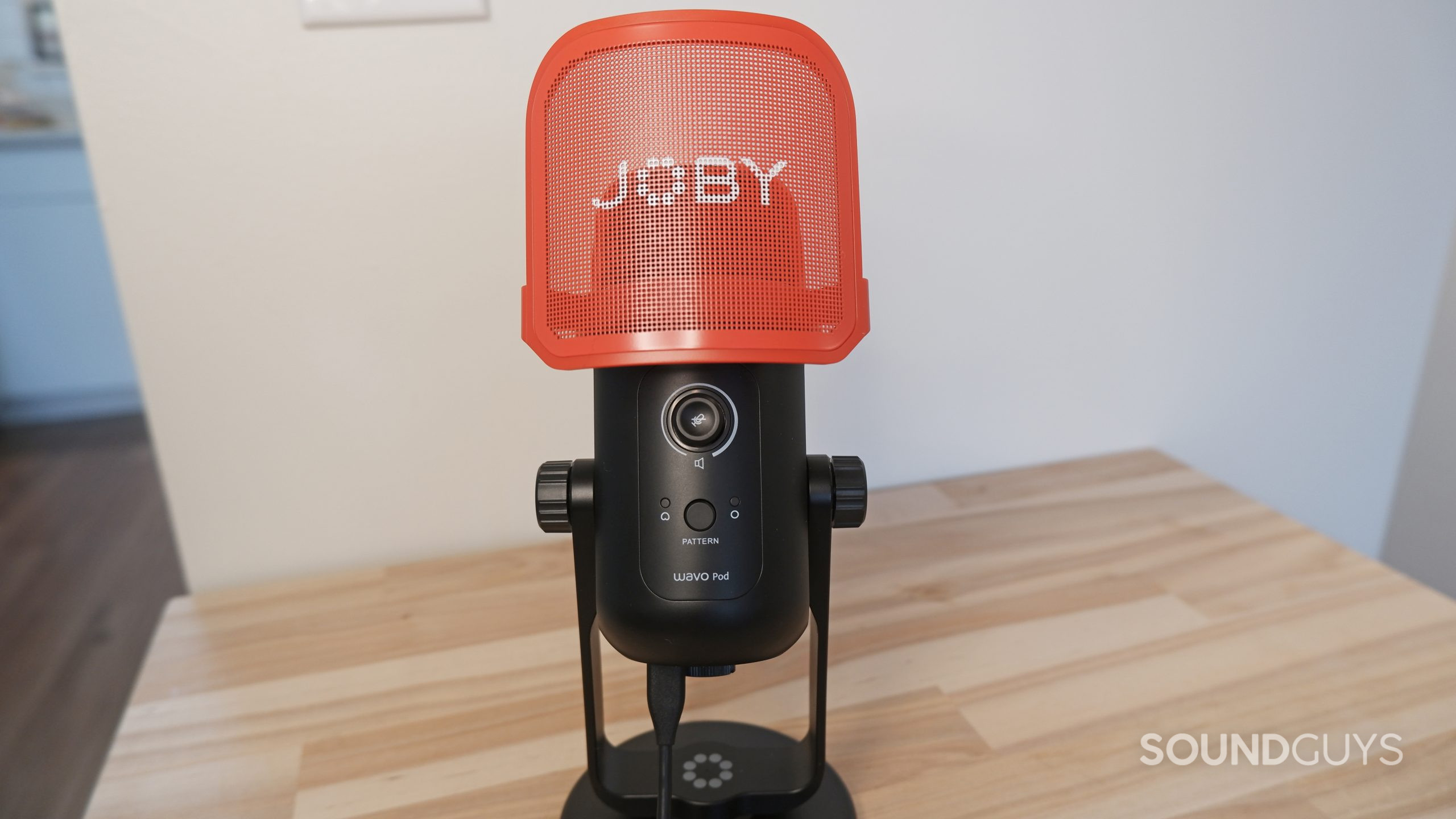
The JOBY Wavo POD is a solid choice for amateur podcasters and streamers, as well as at-home workers. It’s a competitor with the Blue Yeti Nano, which comes with software and has an actually omnidirectional polar pattern, rather than the bidirectional pattern that JOBY calls omnidirectional. The sound quality of the Wavo POD is similar to the Yeti Nano, so which you choose to go with would probably depend on the other features of the microphones.
We like the USB-C input here, so should you lose the included cable, you can likely swap it out for another device’s USB-C to USB-C cable. The base is fairly sturdy and easy to adjust, though you may want to invest in a boom arm if you don’t want the Wavo POD in the frame.

What should you get instead of the JOBY Wavo POD?
If you want a desktop microphone that doesn’t break the $100 USD mark, the Blue Yeti Nano is a great option. It’s simple to use, has the same polar patterns as the Wavo POD, and sounds fantastic—oh, and it often dips to $80 USD. Another affordable option is the Movo UM700, which for $79 USD provides four polar patterns and sounds great.
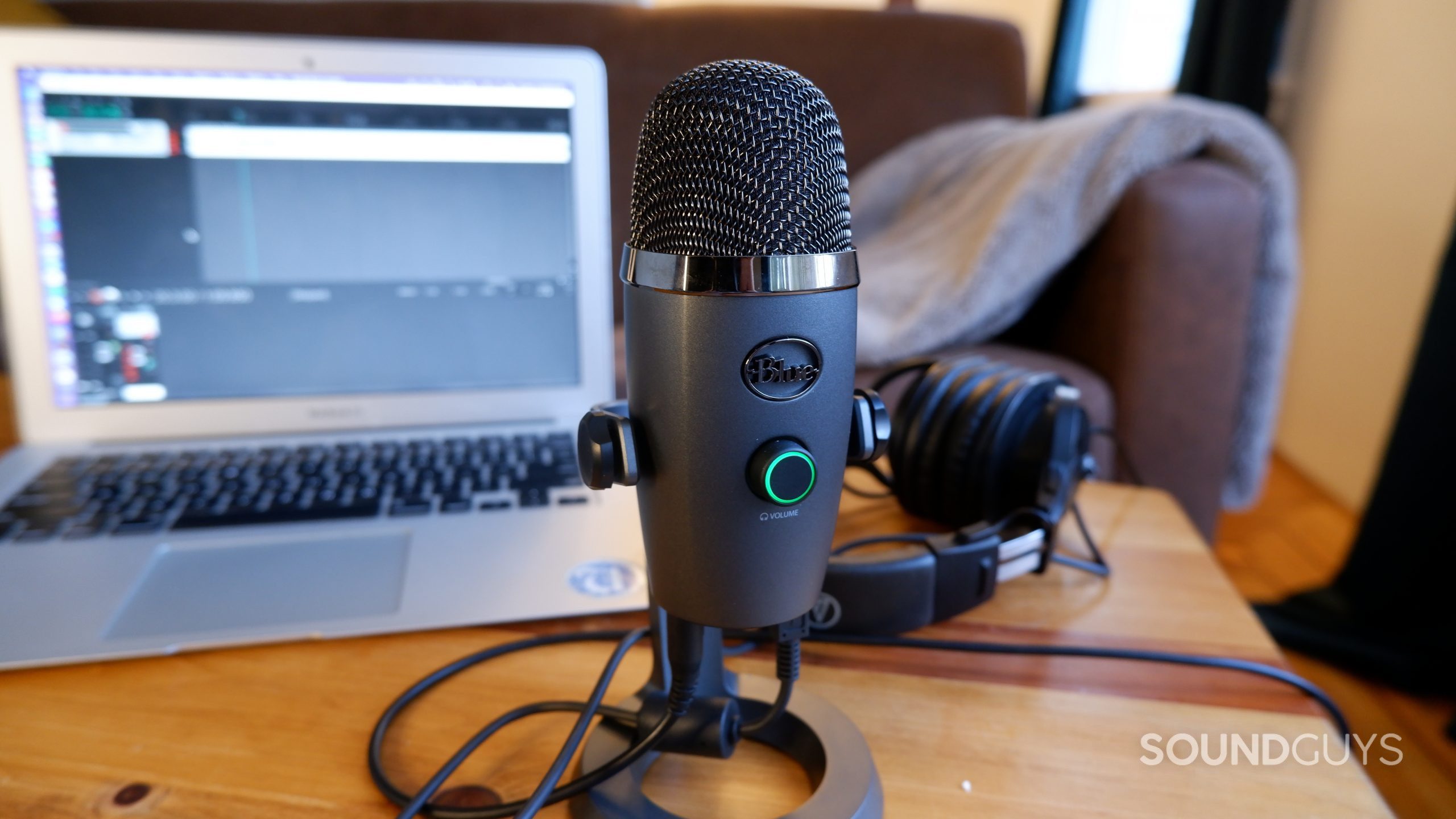
If you want something with more options for a bit of a higher price point, the Blue Yeti X has four polar patterns, adding on the bidirectional and stereo patterns. For $140 USD, it’s a great microphone for streamers and podcasters who will make use of those additional polar patterns.
If you want to move toward a more professional setup, the Shure MV7X is an XLR mic that is great for podcasting. At $180 USD, it’s a good option for podcasters who just want a directional microphone that will sound reliably great. For $247 USD, you can get the Shure MV7, which also has a USB connection as well as XLR.
Read next: The best microphones for recording
Frequently asked questions about the JOBY Wavo POD
Yes, the JOBY Wavo POD comes with a USB-C to USB-C cable that you can plug into any phone with a USB-C port.
This microphone comes with one pop filter out of the box, buying another one will cost another $10 USD.